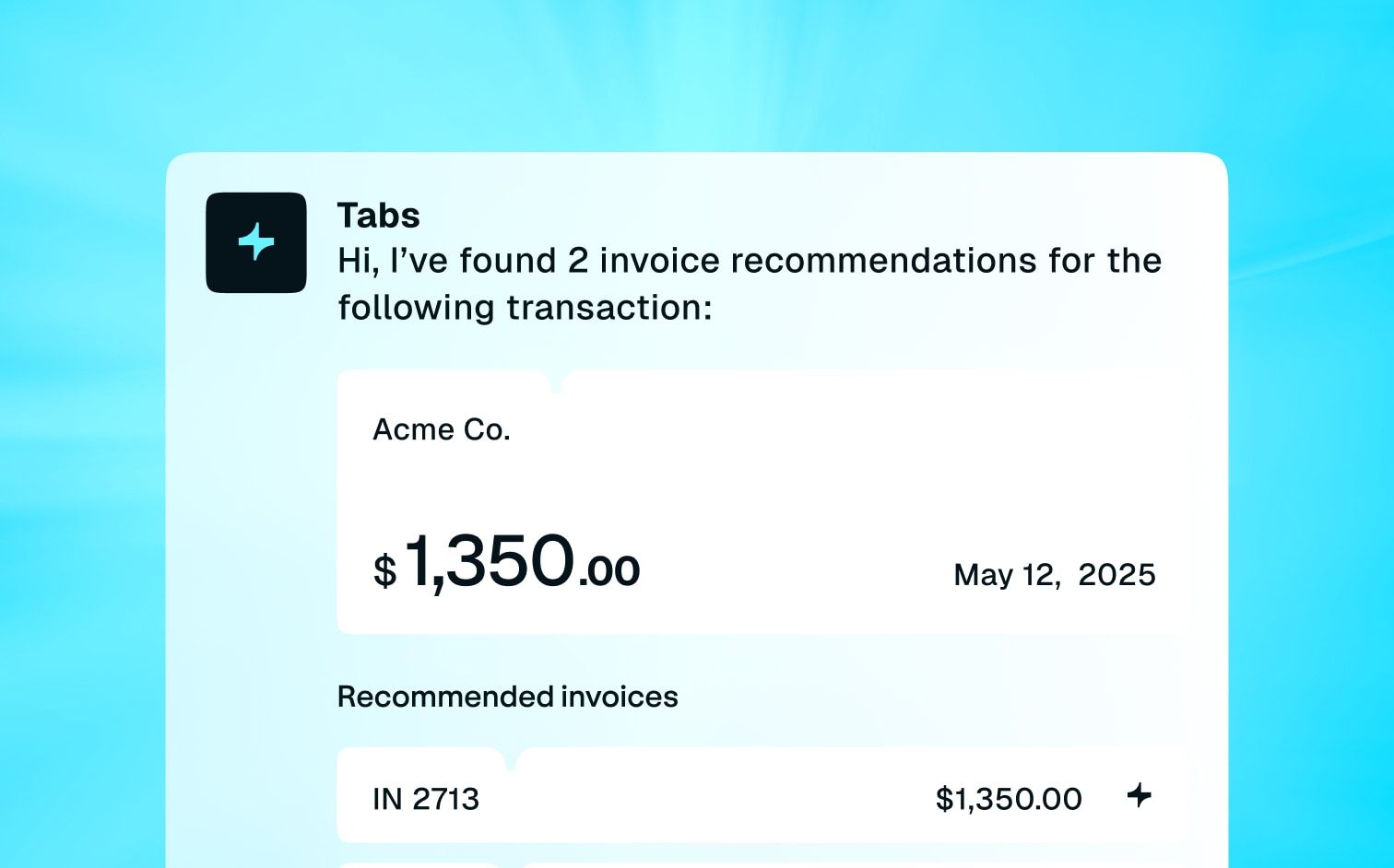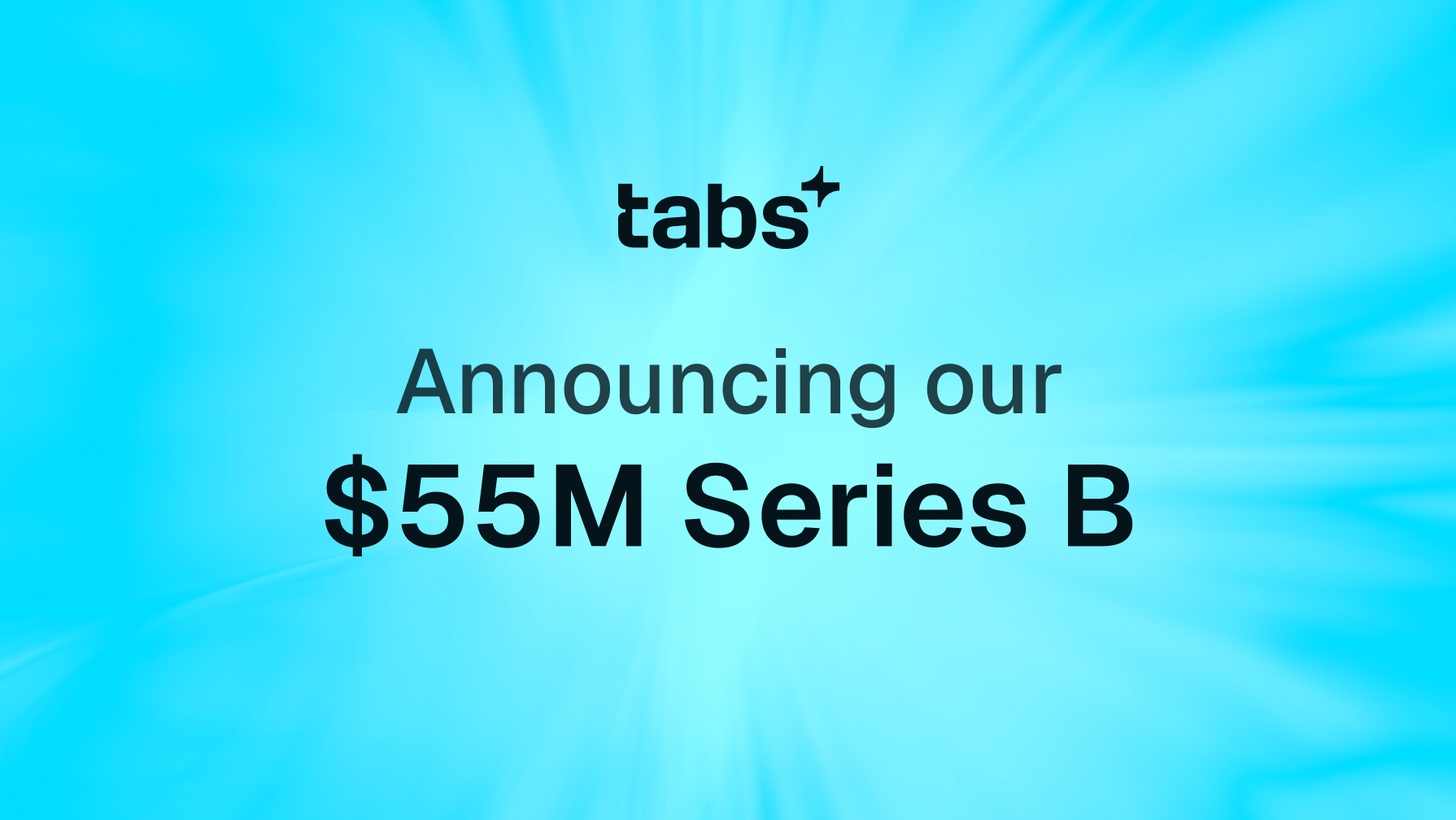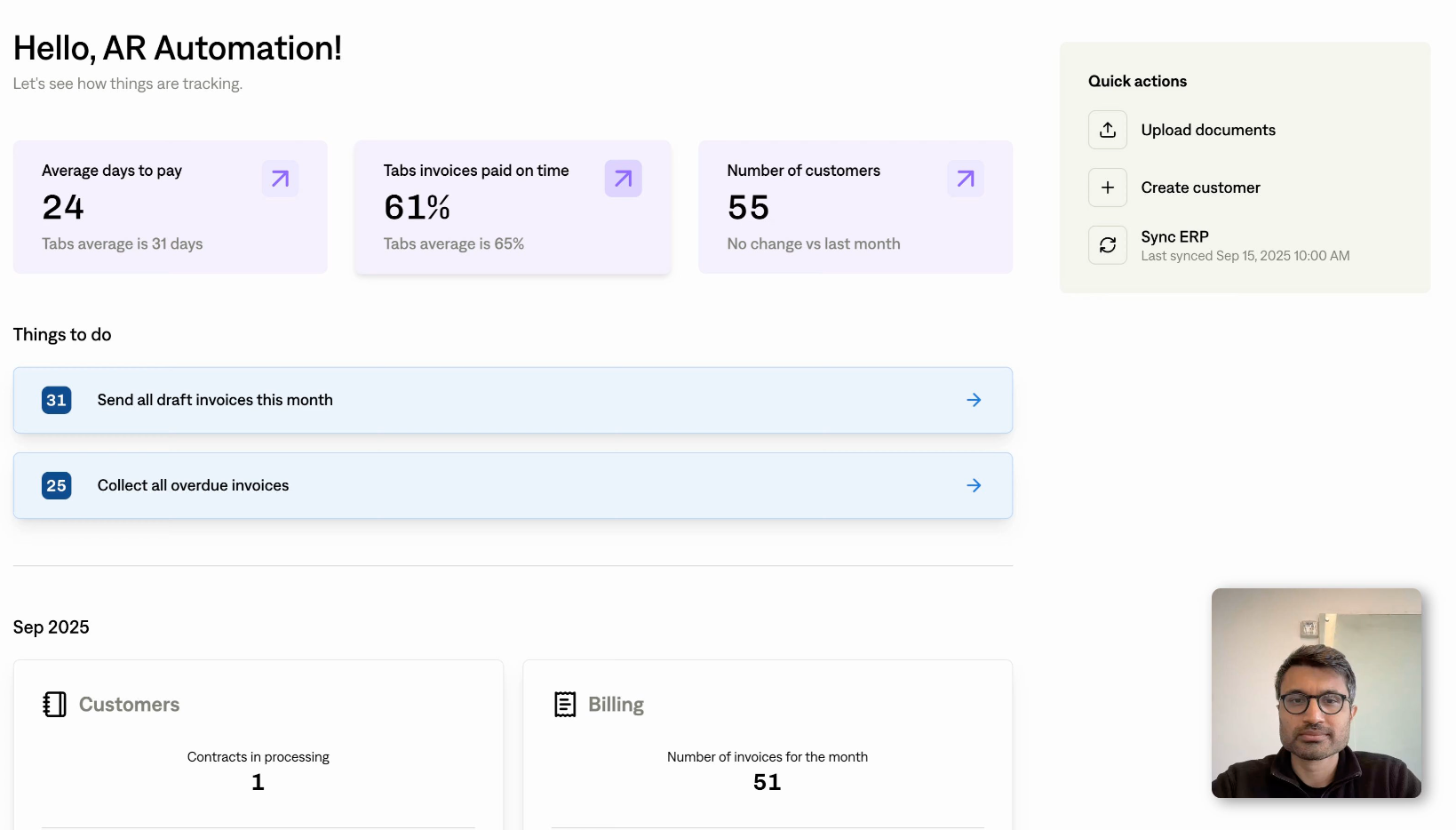When it comes to pricing, you're juggling customer acquisition, revenue goals, and market competition—all while trying to find that sweet spot that maximizes profitability. One strategy that consistently delivers results is tiered pricing. Pricing tiers allow you to segment your customer base and offer tailored packages that meet diverse needs and budgets.
This guide will walk you through the essentials of building an effective tiered pricing strategy, from understanding your target audience to measuring and optimizing your results. We'll explore different types of tiers, best practices for implementation, and common challenges to avoid. By the end, you'll have the tools and insights to create a pricing strategy that drives growth and boosts your bottom line.
Key Takeaways
- Tiered pricing attracts a broader customer base. Offering various packages at different price points allows you to cater to diverse needs and budgets, capturing a larger market share than a one-size-fits-all approach.
- Upselling becomes a natural progression with tiered pricing. As customer needs evolve, they can easily upgrade to higher tiers with more advanced features, boosting your average revenue per user and fostering long-term growth.
- Continuous refinement is key to a successful pricing strategy. Regularly analyzing performance, gathering customer feedback, and adjusting your pricing tiers ensures they remain competitive, relevant, and aligned with your business objectives.
What are Pricing Tiers?
Definition and Purpose
Tiered pricing, sometimes called price tiering or tier-based pricing, offers customers different service packages at various price points. Think of it like choosing a seat on an airplane: economy, premium economy, or business class. Each class offers a different level of service and amenities at a different price. Similarly, software pricing tiers bundle specific sets of features, user limits, or support options.
The purpose is to cater to a range of customer needs and budgets. A startup might choose the basic package, while a larger enterprise requires the premium tier with advanced features and dedicated support. This approach allows businesses to attract a wider customer base and maximize revenue by offering options for everyone. Tiered pricing models benefit businesses by allowing flexibility and scalability.
How Pricing Tiers Work
Pricing tiers work on a simple principle: the more a customer is willing to pay, the more value they receive. It's like climbing a ladder, with each rung (or tier) representing a higher level of service and a corresponding price increase. For example, a basic tier might offer limited features and support, while a premium tier unlocks advanced functionalities, higher usage limits, and priority support.
Tiered pricing structures often involve a "good-better-best" model with three distinct tiers. Some businesses opt for a more granular approach with four or more tiers to cater to very specific customer needs. This allows businesses to capture more revenue from high-value customers while still offering an entry point for smaller businesses or individuals. Each tier is designed to appeal to a specific customer segment, ensuring that customers only pay for the features and services they actually need.
Types of Pricing Tiers
Choosing the right pricing tier structure is crucial for any SaaS business. Let's explore four common types:
Volume-Based Tiers
Volume-based pricing is all about quantity. The more a customer buys, the less they pay per unit. This model incentivizes customers to commit to larger volumes, leading to increased sales and potentially stronger customer relationships. This works well for SaaS products where usage naturally scales, like with an automated invoicing feature, where processing more invoices unlocks greater discounts.
Feature-Based Tiers
With feature-based tiers, you offer different sets of features at different price points. This allows customers to choose the plan that best aligns with their needs and budget. A basic plan might offer core functionality, while higher tiers unlock premium features or increased usage limits.
This model is particularly effective for SaaS companies with diverse customer segments, each requiring varying levels of service. For example, a contract extraction tool might offer basic term extraction in its lowest tier, and more sophisticated AI-driven analysis in higher tiers.
Subscription-Based Tiers
Subscription-based pricing focuses on the length of the customer's commitment. Longer subscriptions typically come with a lower monthly price. This encourages customer retention and provides a predictable revenue stream.
This model pairs well with robust reporting metrics to track the long-term value of loyal subscribers. This is especially useful for subscription management platforms that want to incentivize customers to commit for the long haul.
Usage-Based Tiers
Usage-based tiers charge customers based on how much they use your service. This is a fair and transparent approach, especially for products where usage fluctuates significantly between customers. They only pay for what they use, which can lead to higher customer satisfaction. Consider this model if you offer services like payment processing where transaction volume varies significantly between customers.
Benefits of Using Pricing Tiers
Smart SaaS companies use tiered pricing to unlock growth and boost their bottom line. Let's explore some key advantages:
Attract a Wider Customer Base
Tiered pricing lets you cast a wider net. By offering a range of options—from a basic plan for budget-conscious startups to a premium package for enterprise clients—you can cater to diverse needs and budgets. This approach is particularly effective in the SaaS world, where customer needs vary widely based on company size, user count, and required features.
This flexibility allows you to capture a larger market share than you would with a one-size-fits-all pricing model. Think of it as offering something for everyone.
Increase Sales Through Upselling
Tiered pricing creates a natural path for upselling. As customers grow and their needs evolve, they can easily upgrade to a higher tier with more advanced features and greater usage limits. This organic progression encourages customers to spend more over time, increasing your average revenue per user (ARPU).
Tabs billing software can help you manage these upgrades seamlessly, automating the process and ensuring a smooth transition for your customers. This also allows you to build stronger relationships with your customers as you help them scale their businesses.
Enhance Customer Satisfaction
When customers feel in control of their spending, they're happier. Tiered pricing empowers customers to choose the plan that best aligns with their specific requirements and budget. This self-selection process minimizes the risk of customers paying for features they don't need or feeling forced into a plan that doesn't quite fit.
The result? Increased customer satisfaction and reduced churn. Happy customers are more likely to stick around, and tiered pricing helps you achieve just that. Plus, satisfied customers often become advocates for your brand, leading to organic growth through word-of-mouth referrals.
Facilitate Customer Segmentation
Tiered pricing naturally segments your customer base. By analyzing which tiers attract different types of customers, you gain valuable insights into their needs and behaviors. This data is invaluable for targeted marketing campaigns, product development, and overall business strategy. Understanding your customer segments allows you to tailor your messaging and offerings, further enhancing customer satisfaction and driving growth.
For example, you might discover that your enterprise clients prioritize advanced reporting features, while startups are more focused on basic functionality and affordability. This knowledge allows you to refine your product roadmap and marketing efforts to better serve each segment.
Best Practices for Creating Effective Pricing Tiers
Getting your SaaS pricing tiers right takes some upfront work, but it’s worth the effort. These best practices will set you up for success.
Understand Your Target Audience
Before you set up your pricing strategy, you need to know your ideal customer. What are their needs and pain points? What are they willing to pay for? How sophisticated are they with SaaS products?
Customer research is key. For example, if you’re targeting startups, a complex, enterprise-level pricing structure might not be a good fit. They may need a simpler, more affordable option.
If you’re targeting larger companies, they might need more advanced features and be willing to pay more for them. Consider surveying your target audience to understand their budget and desired features.
Set Clear Pricing Goals
What do you want to achieve with your pricing tiers? Are you focused on customer acquisition? Perhaps you’re prioritizing a higher average revenue per user (ARPU)? Or maybe you’re looking to maximize overall revenue growth.
Your goals will inform your pricing decisions. For example, if your goal is rapid growth, you might offer a very competitive entry-level tier to attract a large customer base. If your goal is profitability, you might focus on higher-priced tiers with premium features.
Make sure your goals are specific and measurable so you can track your progress and make data-driven decisions. Robust reporting tools can help you stay on top of your key metrics.
Consider Costs and Value
Pricing should reflect the value you provide. Each tier should offer a compelling set of features at a price that customers perceive as fair. At the same time, you need to ensure each tier is profitable.
Carefully analyze your costs, including development, marketing, and customer support. Factor in market conditions and competitor pricing. This research will help you determine a sustainable and profitable pricing structure. Remember, value isn’t just about features; it’s also about the outcomes you deliver.
Focus on how your software helps customers achieve their goals and price accordingly. Tools that simplify revenue recognition can be invaluable in this process.
Test and Iterate
Pricing isn’t a set-it-and-forget-it task. Regularly review your pricing tiers and make adjustments based on performance.
Track key metrics like conversion rates, churn rate, and average revenue per user. Analyze customer behavior and gather feedback. A/B testing can be helpful to determine the optimal pricing structure. Don’t be afraid to experiment with different pricing models and features.
The market is constantly evolving, so your pricing should too. Regularly review your pricing to ensure it aligns with your business goals and customer needs. Consider using a platform like Tabs that allows you to easily automate complex invoicing as you adjust your pricing.
Design Your Pricing Tier Structure
Once you’ve settled on a pricing model, you can start structuring your tiers. This involves figuring out how many tiers to offer, what to call them, and how to price each one. This section breaks down those steps to help you design a pricing tier structure that works for your business and your customers.
Determine the Number of Tiers
A simple three-tiered structure (like Personal, Professional, and Business) offers a good starting point. It’s straightforward for customers to compare and often caters to a broad range of needs and budgets. If you need more flexibility, consider a multiple-tier structure with four or more levels. This allows for more granular pricing and upselling opportunities, but can also introduce complexity.
Think about how many distinct customer segments you have and how many tiers you realistically need to serve them. Tiered pricing models offer a helpful framework for making these decisions.
Name Your Tiers
Tier names should clearly communicate the value proposition of each tier. Common examples include Free, Basic, Advanced, and Enterprise, or Starter, Pro, and Teams. The basic plan usually has limited features, while higher tiers offer more comprehensive services.
Avoid overly creative names that might confuse potential customers. Clarity is key here. You want your customers to instantly understand what each tier offers.
Choose a Pricing Strategy for Each Tier
There are several ways to price your tiers. Feature-based tiers differentiate based on the features included, allowing customers to select the features they need. Usage-based tiers charge customers based on their actual usage of the service, which works well when usage varies greatly between customers.
Carefully consider your value metric (what your customers truly value) when setting prices for each tier. This will help you align your pricing with the benefits you offer and justify the cost to your customers. Understanding your value metric is crucial for setting prices that resonate with customers.
Communicate Your Pricing Tiers Effectively
Once you’ve built your pricing tiers, you need to communicate them clearly. A SaaS customer needs to quickly grasp the value each tier offers and choose the best fit. Here’s how to present your pricing structure effectively:
Craft Clear Value Propositions
Focus on the value each tier provides, not just the features. Instead of listing “25 user accounts,” highlight the benefit: “Ideal for growing teams collaborating on multiple projects.” Clearly articulate how each tier solves a specific customer pain point and the outcome they can expect.
For example, your entry-level tier might be "Perfect for solopreneurs launching their first product," while your enterprise tier could be positioned as "Built for established businesses scaling rapidly." This helps potential customers understand what they're getting for their investment and how each tier aligns with their needs. Well-defined value propositions are key to attracting and converting the right customers.
Design an Effective Pricing Page
Your pricing page is often the first place potential customers go to evaluate your software. Make it easy for them to compare tiers and understand the differences. A cluttered or confusing pricing page can lead to lost sales. Use clear headings, concise descriptions, and visual cues to guide customers through the options.
Consider using a pricing table that lays out the features and pricing side-by-side. A well-structured pricing page should cater to various needs without causing confusion. Ensure your pricing page is easy to understand and each tier is clearly defined. This will make it easier for potential customers to choose the right plan for their business.
Use Visual Comparisons
Visual aids like comparison charts or tables make it easier for customers to compare tiers at a glance. Highlight key differences in features, usage limits, or support levels. Color-coding can also draw attention to premium features or the most popular tier. For example, use a table to compare the number of users, storage capacity, or customer support options included in each tier.
Visual comparisons help customers quickly grasp the differences and make informed decisions. More purchases or better features mean a higher total price but potentially a lower price per unit. Consider offering interactive pricing calculators to further assist customers in determining the best value.
Leverage Customer Feedback
Don't set your pricing tiers in stone. Regularly gather customer feedback to understand how they perceive your pricing and whether it aligns with their expectations. Use surveys, feedback forms, and even social media listening to collect insights. This information can help you identify areas for improvement, adjust your pricing strategy, and ensure your tiers remain competitive and relevant.
Regularly monitor and adjust your pricing based on performance and customer feedback. This ensures that your pricing strategy remains competitive. You can also use this feedback to refine your messaging and better communicate the value of each tier. Consider implementing a customer feedback loop to continuously improve your pricing strategy.
Implement and Manage Pricing Tiers
Once you’ve designed your pricing tiers, the next step is to implement them effectively. This involves integrating them with your billing system, training your sales team, and managing customer transitions between tiers. A smooth implementation process will ensure a positive customer experience and maximize the effectiveness of your new pricing structure.
Integrate with Your Billing System
Your billing system is the backbone of your recurring revenue operations. Seamless integration of your pricing tiers with your billing system is crucial for automating recurring billing, managing subscriptions, and ensuring accurate revenue recognition. Look for a billing platform that offers flexible pricing configuration, automated invoicing, and support for various payment methods. Features like these will simplify your billing processes and reduce manual effort.
For example, Tabs offers robust automated invoicing features and supports various payment types, making it easy to manage complex billing scenarios. Accurate revenue recognition is also essential for understanding your financial performance. This gives you a clear picture of your revenue streams and helps you make informed business decisions.
Train Your Sales Team
Your sales team plays a vital role in communicating the value of your pricing tiers to potential customers. Equip your sales team with the knowledge and resources they need to effectively position each tier. This includes understanding the specific features and benefits of each tier, identifying the ideal customer profile for each tier, and addressing common customer questions or objections.
A well-trained sales team can guide prospects toward the pricing tier that best aligns with their needs and budget, ultimately increasing conversions and customer satisfaction. They should be able to clearly articulate the value proposition of each tier and handle any pricing-related inquiries confidently. This empowers them to close deals and build strong customer relationships.
Manage Customer Transitions Between Tiers
As your customers grow and their needs evolve, they may need to transition between pricing tiers. Make this process as smooth as possible by providing clear instructions and support. Offer self-service options for upgrades and downgrades, and proactively communicate any changes in pricing or features. Consider offering incentives for customers to upgrade to higher tiers, such as discounted pricing or additional features.
Regularly review customer usage patterns and provide personalized recommendations for tier adjustments. By actively managing customer transitions, you can foster customer loyalty and minimize churn.
Tabs' robust reporting on key metrics can help you identify customers who are ready to upgrade or who might be at risk of downgrading. This allows you to proactively address their needs and ensure they're always on the right plan. This proactive approach strengthens customer relationships and contributes to long-term growth.
Measure and Optimize Your Pricing Tier Strategy
After launching your pricing tiers, the work doesn't stop. Regularly measuring and tweaking your strategy is crucial for long-term success.
Track Key Performance Indicators (KPIs)
Identifying the right key performance indicators (KPIs) provides valuable insights into the effectiveness of your pricing tiers. Focus on metrics that directly reflect your business goals. For example, track your customer acquisition cost (CAC) for each tier to understand how much you're spending to acquire new customers. Monitor your churn rate to see how many customers are leaving each tier and identify potential pain points.
Finally, analyze the customer lifetime value (CLTV) for each tier to understand the long-term revenue potential of your customers. Tabs can help you easily track these KPIs and gain a comprehensive understanding of your pricing performance.
Analyze Customer Behavior and Purchasing Patterns
Go beyond the raw numbers and delve into customer behavior. Understanding why customers choose certain tiers—or why they churn—is invaluable. Analyze purchasing patterns to identify trends.
For instance, are customers consistently choosing the middle tier? Are certain features driving upgrades? This data helps you refine your offerings and ensure each tier resonates with your target audience. Tools like heatmaps and session recordings can provide deeper insights into how customers interact with your pricing page.
Adjust Your Strategy Based on Data
Use the data you've gathered to make informed adjustments to your pricing tiers. If your churn rate is high for a particular tier, investigate the cause. Perhaps the features offered don't justify the price, or maybe the value proposition isn't clear. Conversely, if a tier is significantly outperforming others, consider whether there's an opportunity to increase the price or introduce a new, higher tier.
Remember, pricing is an ongoing experiment. Continuously monitoring, analyzing, and adjusting your strategy is key to maximizing revenue and achieving sustainable growth.
Overcome Common Pricing Tier Challenges
Successfully implementing SaaS pricing tiers requires addressing common challenges. Let's explore some solutions to streamline your approach.
Simplify Complex Tier Structures
One of the biggest pitfalls of tiered pricing is overcomplicating the structure. Too many tiers or overly nuanced features within each tier can overwhelm potential customers. Think simplicity. Clearly define the core features of each tier and highlight the key differences between them.
As Stripe points out, managing multiple tiers is complex and can confuse customers, so keep it straightforward. Start with a small number of tiers and gradually expand as needed. This focused approach makes it easier for customers to select a plan and reduces decision fatigue.
Address Customer Confusion
Pricing tiers should be transparent and easy to understand. Use clear language and avoid technical jargon when describing features and benefits. Visual aids, such as comparison charts, can help customers quickly grasp the differences between tiers.
Proactively address potential questions by including a comprehensive FAQ section on your pricing page. This clarity builds trust and empowers customers to make informed decisions. CloudZero emphasizes the importance of creating the right tiers for your customer segments, which is key to minimizing confusion. Consider offering a free trial or demo to let potential customers experience the value of each tier firsthand.
Prevent Cannibalization of Higher Tiers
Cannibalization occurs when lower-priced tiers steal sales from higher-priced ones. This happens when the value proposition of the higher tier isn't clearly differentiated. To prevent this, ensure each tier offers a distinct set of features and benefits that justify the price increase. Highlight the premium value of higher tiers by emphasizing exclusive features, priority support, or increased usage limits.
As Stripe notes, lower-tier sales cutting into higher-tier sales makes revenue prediction harder, so a well-defined value proposition for each tier is crucial. Tabs can help you model different pricing scenarios and understand the potential impact on your revenue.
Maintain Perceived Value Across Tiers
While affordability is important, maintaining the perceived value of your product across all tiers is essential. Clearly articulate the value proposition of each tier, emphasizing the specific problems it solves and the benefits it provides. Don't undervalue your entry-level tier; position it as a valuable solution for a specific customer segment. As CloudZero suggests, price according to the value your service provides and justify price increases by showcasing increased value.
This reinforces the overall value of your product and encourages customers to choose the tier that best aligns with their needs and budget.
Related Articles
Frequently Asked Questions
What's the difference between feature-based and usage-based pricing tiers?
Feature-based tiers offer different sets of features at different price points. Customers choose the plan that best suits their needs, regardless of how much they use those features. Usage-based tiers, on the other hand, charge customers based on their consumption of the service. This model works well when usage varies significantly between customers.
How many pricing tiers should my SaaS business offer?
Start with a simple three-tiered structure (e.g., Basic, Pro, Enterprise). This is easy for customers to understand and often covers a broad range of needs. You can add more tiers later if necessary, but avoid overwhelming potential customers with too many options.
How can I prevent lower-priced tiers from cannibalizing sales of higher-priced ones?
Clearly differentiate the value of each tier. Higher tiers should offer unique features, premium support, or increased usage limits that justify the higher price. Make sure the value proposition of each tier is distinct and compelling.
What are some key metrics to track when evaluating the success of my pricing tiers?
Track customer acquisition cost (CAC), churn rate, and customer lifetime value (CLTV) for each tier. This data will give you insights into the profitability and sustainability of your pricing strategy. Also, analyze customer behavior and purchasing patterns to understand why customers choose certain tiers.
How can I effectively communicate the value of my pricing tiers to potential customers?
Focus on the benefits, not just the features. Clearly explain how each tier solves a specific customer problem and the outcomes they can expect. Use clear language, visual aids, and customer testimonials to make your pricing page compelling and easy to understand.





